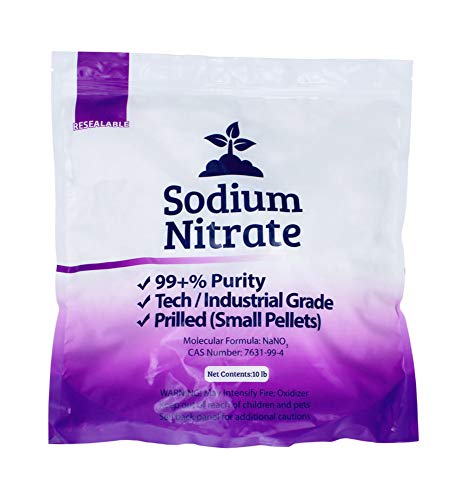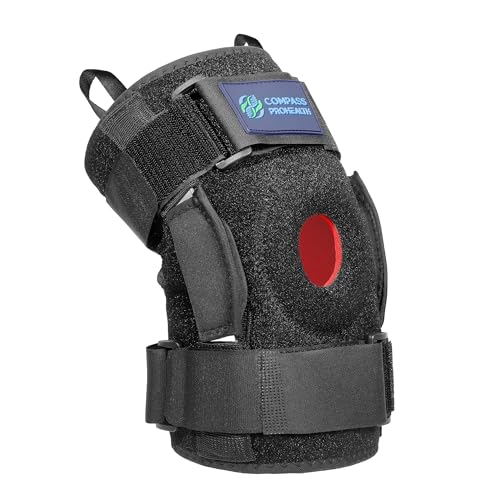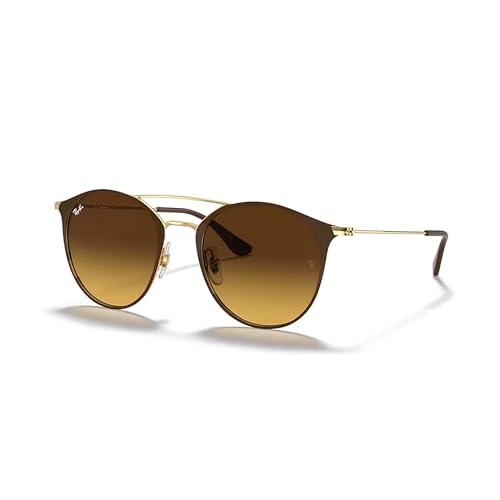A spherical reactor's effective operating capacity is about 60% of full for safety reasons (chemical reaction rising issues). That puts a 22 liter full enough to process it's maximum capacity at 13ish liters. So full of liquid it is about similar to about 3.5 gallons in weight except there is 100 ounces of metal dissolved in there as well. Not too heavy to lift and pour.
In my younger days, when my muscles were stronger and gold was $300 an ounce I wouldn't think twice about hand pouring a 22 liter flask full. Truth is my brain was smaller then too! Today I would use a vacuum transfer flask to suck out the majority of the liquid into an easier to handle flask and only lift the drained vessel to rinse it out. This is one of my setups doing just that.
View attachment 66371












































































